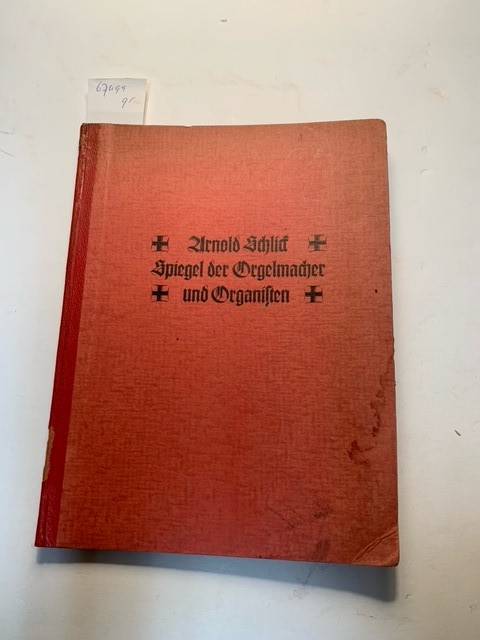Beschrijving
Amsterdam, J.H. & G. van Heteren, [1891], 36pp. original softcover binding, front loose, waterstain on fbottom of front, with the original ticket for a seat in Concertgebouw Amsterdam on 25 April 1891, and the leaflet for this performamce by conductor Julius Rontgen, with soprano Pia von Sicherer, alt Fanny Funk, Carl Dierich, tenor, Joh. Messchaert, bas, F.H. van Duinen, bas. With original leaflet (tear in upper left corner, waterstain on textbook. St Matthews passion/Matthaus passion is an old tradition in the Netherlands. Julius Engelbert Röntgen (9 May 1855 – 13 September 1932) was a German-Dutch composer of classical music. He was a friend of Liszt, Brahms and Grieg.In 1877 Röntgen had to make a decision whether to go to Vienna or Amsterdam. He chose Amsterdam, and became a piano teacher in the music school there. The aristocratic politician Alexander de Savornin Lohman, who was professor of law at the University of Amsterdam and an important figure in the cultural life of that city, was a friend of Röntgen's father, and he promised to take young Julius under his wing. According to Röntgen's letter of 1877 he considered the school ‘a place full of children and amateurs’; since the school was not supported by public funds, it appeared to attach more importance to the number of its students rather than their quality.
Between 1878 and 1885 Brahms was a frequent visitor to Amsterdam. In 1887 Röntgen performed Brahms's second piano concerto, conducted by the composer himself.
Röntgen also played an important part in establishing institutions for classical music in Amsterdam. In 1883, in association with composers Frans Coenen and Daniel de Lange, Röntgen founded the Amsterdam Conservatory. In 1884 Röntgen was heavily involved in the foundation of the Concertgebouw. He applied for the position of the director; however, to his great disappointment, the choice fell instead on the German Hans von Bülow, as the committee seemed to doubt Röntgen's abilities as a conductor. Nevertheless, Bülow was not able to accept the appointment, and the position went in the end to the violinist Willem Kes.
Röntgen turned with greater energy to composing chamber music and to his work for the Conservatory. He became a renowned accompanying pianist, working for the great violinist Carl Flesch, the singer Johannes Messchaert, and the cellist Pablo Casals. Travelling with Messchaert he came to Vienna at least once a year, where he would always meet Brahms. Scarce collection of documents showcasing the career of Rontgen, the singers and the passion in the Netherlands.


